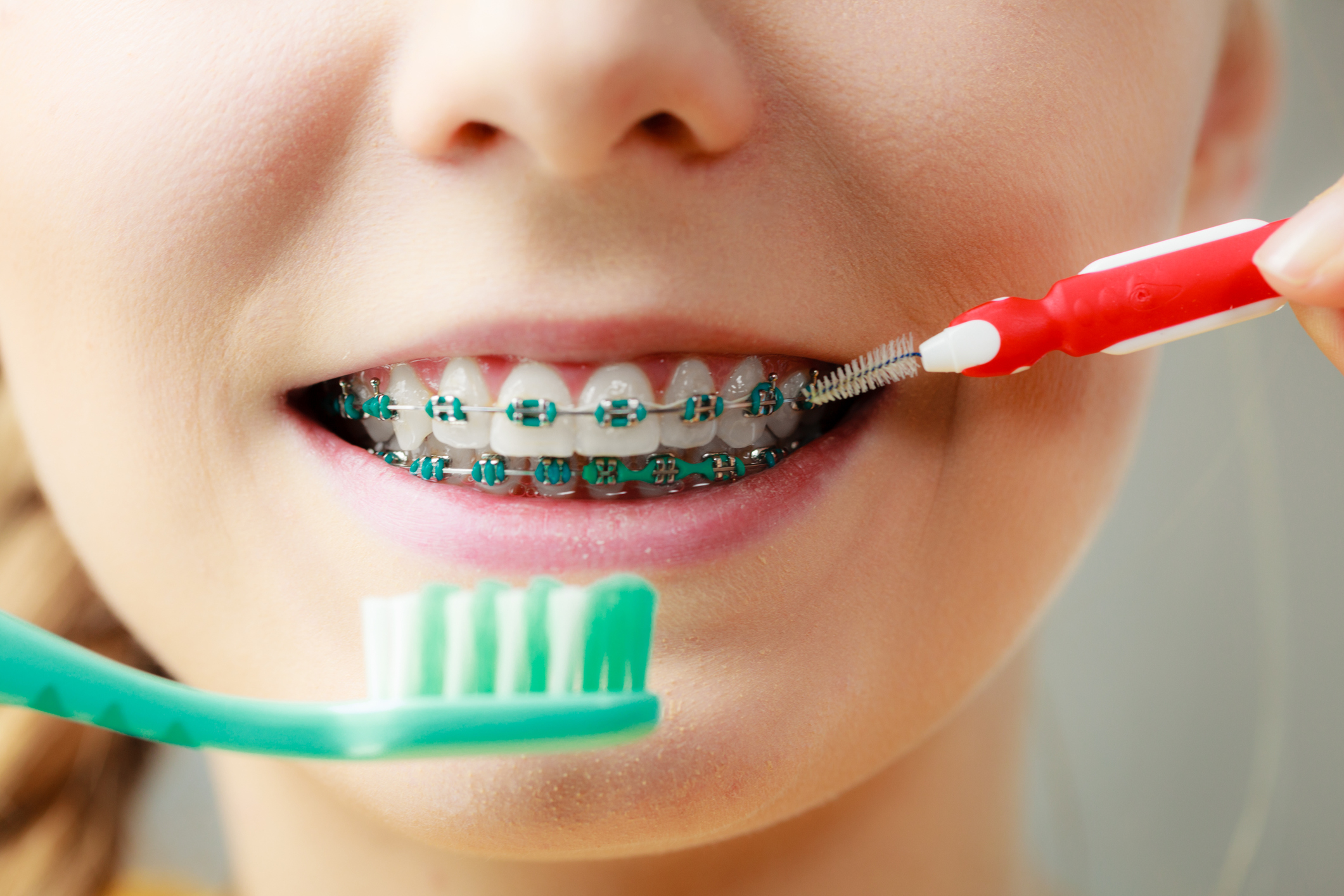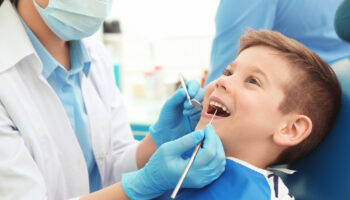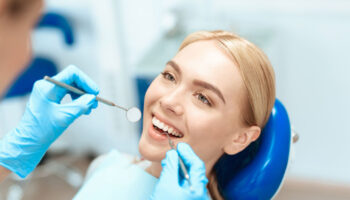Braces can transform your smile, leading to improved oral health and confidence. However, they require attentive care to ensure the treatment goes smoothly. Proper care not only enhances the effectiveness of the braces but also prevents common issues like discomfort or damage. Whether you’re new to braces or a seasoned wearer, learning the essentials of brace care is vital. From cleaning techniques to diet choices, each tip contributes to a more comfortable and successful experience. An Orthodontist in Irving, TX shares insightful advice that forms the foundation for effective brace management. By focusing on simple daily habits, you can protect your investment and promote better oral health. In this blog, I discuss the key aspects of caring for your braces that will help you maintain them with ease and confidence. Embrace these practical steps to ensure a seamless journey towards achieving the smile you’ve always wanted.
Cleaning Your Braces
Regular cleaning is crucial when you have braces. Plaque and food particles can easily get trapped around the brackets and wires. To keep your teeth and gums healthy, follow these basic steps:
- Brush after every meal: Use a soft-bristled toothbrush and fluoride toothpaste. Brush gently around each bracket.
- Floss daily: Use a floss threader or special orthodontic floss to get between your teeth and under the wires.
- Rinse with mouthwash: A fluoride mouthwash can help strengthen tooth enamel and protect against cavities.
For more detailed guidelines on oral hygiene, visit the CDC’s Oral Health page.
Managing Discomfort
It’s normal to feel some discomfort after getting braces or following an adjustment. Here are a few strategies to ease any soreness:
- Use orthodontic wax: Place it over any part of your braces that bothers your mouth.
- Rinse with salt water: This can help reduce inflammation and soothe irritation.
- Take over-the-counter pain relief: Ibuprofen or acetaminophen can help, but consult your orthodontist first.

Dietary Choices
Certain foods can spell trouble for your braces. Avoiding them can prevent damage and make your treatment more comfortable. Consider the table below for guidance:
| Foods to Avoid | Safe Alternatives |
|---|---|
| Hard candies | Soft fruits |
| Sticky toffees | Yogurt |
| Popcorn | Puffed rice cereals |
| Nuts | Cheese slices |
Regular Orthodontic Visits
Routine visits to your orthodontist are essential. They monitor your progress and make necessary adjustments. These appointments help ensure the treatment stays on track, minimizing the overall time you need to wear braces. Be sure to follow any specific instructions your orthodontist provides.
Protecting Your Braces
Engaging in sports or physical activities can pose risks to your braces. Wearing a mouthguard can protect your teeth and braces from damage. You can find mouthguards designed for those with braces, offering additional protection and comfort.
Developing Good Habits
Establishing a brace-friendly routine can make all the difference. Here’s how you can create and maintain good habits:
- Stick to a cleaning schedule: Consistency is key to maintaining oral health.
- Monitor your diet: Keep track of foods that might harm your braces.
- Stay informed: Educate yourself on proper care techniques and updates from reputable sources.
For more information on oral health practices, check out the American Dental Association’s Mouth Healthy website.
Conclusion
Braces are a valuable investment in your future smile. Proper care can enhance their effectiveness and ensure your treatment is as smooth as possible. By following these essential tips, you can keep your braces in top shape and move closer to the confident smile you desire. Remember to stay consistent with your oral hygiene routine, make wise dietary choices, and attend regular orthodontic appointments. With these steps, you set the stage for successful orthodontic treatment and a beautiful, lasting smile.




